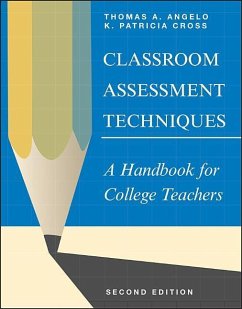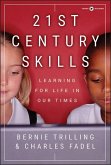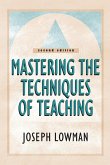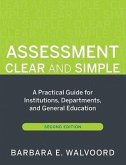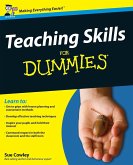This revised and greatly expanded edition of the 1988 handbook offers teachers at all levels how-to advise on classroom assessment, including: What classroom assessment entails and how it works.How to plan, implement, and analyze assessment projects. Twelve case studies that detail the real-life classroom experiences of teachers carrying out successful classroom assessment projects.Fifty classroom assessment techniquesStep-by-step procedures for administering the techniquesPractical advice on how to analyze your dataOrder your copy today.
In the eleven years since the first edition of this book waspublished, Classroom Assessment has become increasingly useful inthe teacher's arsenal of tools.
Once the concepts of CAT are understood, the instructor can moveon to create course-specific techniques tailored to his or herteaching style and the learning styles of a particular class, thusgreatly enhancing the usefulness of Classroom Assessment.
This book is extremely useful and would be a worthy addition toboth teachers' and advisors' libraries.
--Cynthia A. Walker, Ph.D., From NACADA Journal
Once the concepts of CAT are understood, the instructor can moveon to create course-specific techniques tailored to his or herteaching style and the learning styles of a particular class, thusgreatly enhancing the usefulness of Classroom Assessment.
This book is extremely useful and would be a worthy addition toboth teachers' and advisors' libraries.
--Cynthia A. Walker, Ph.D., From NACADA Journal

